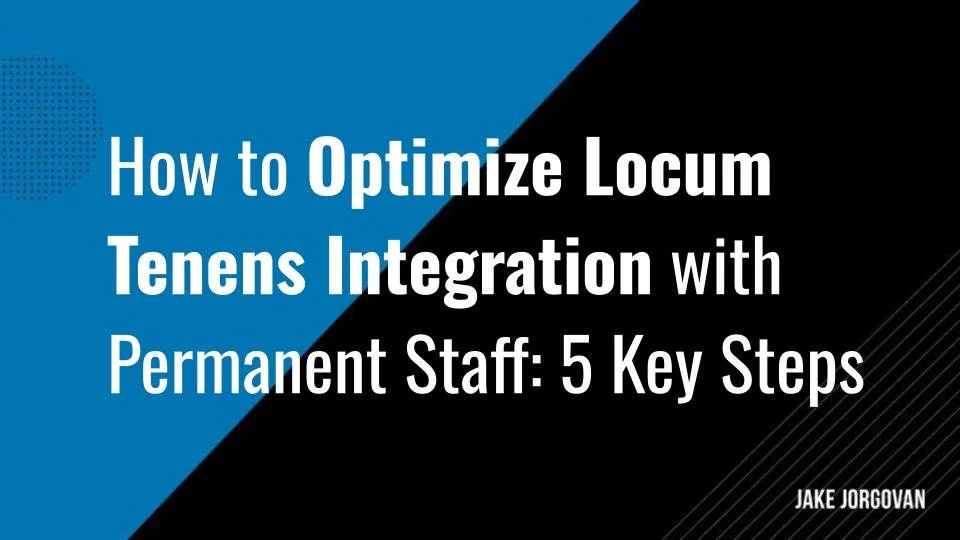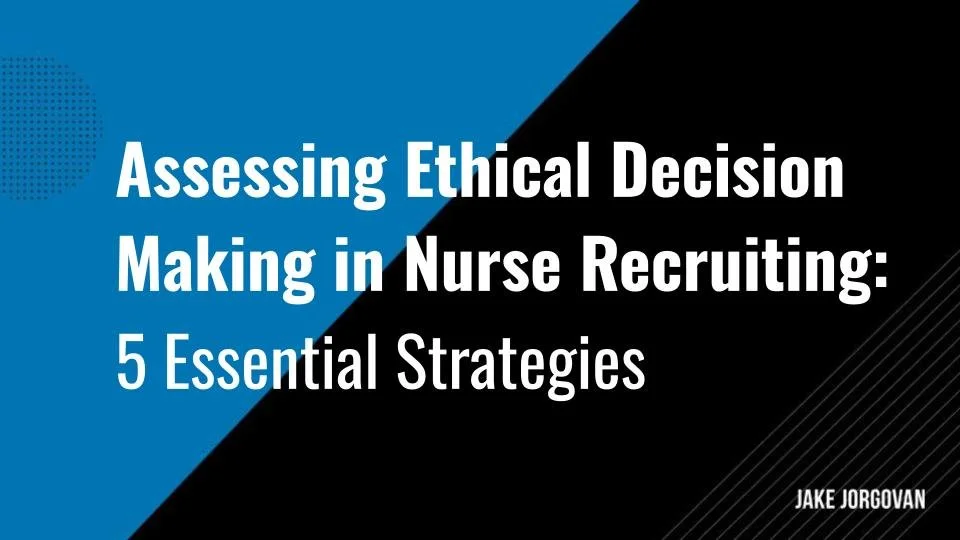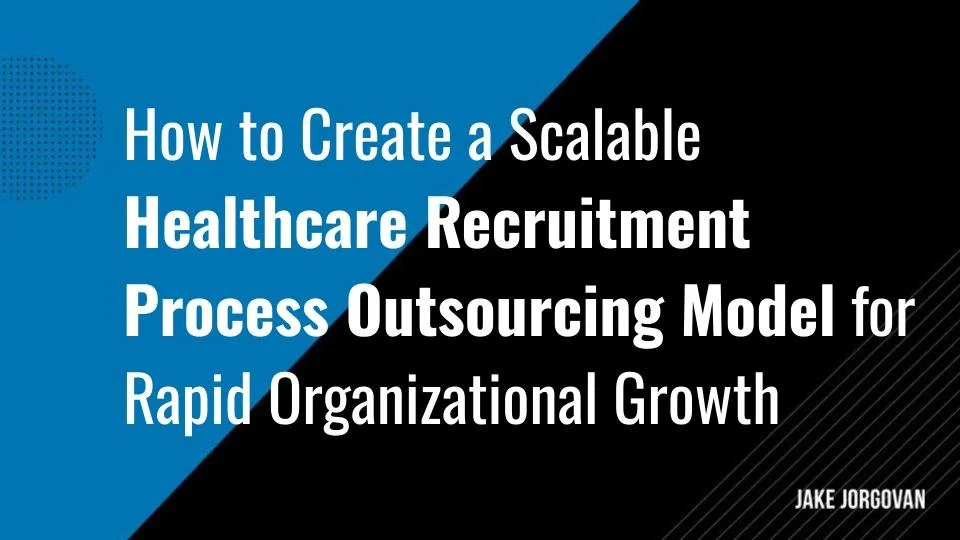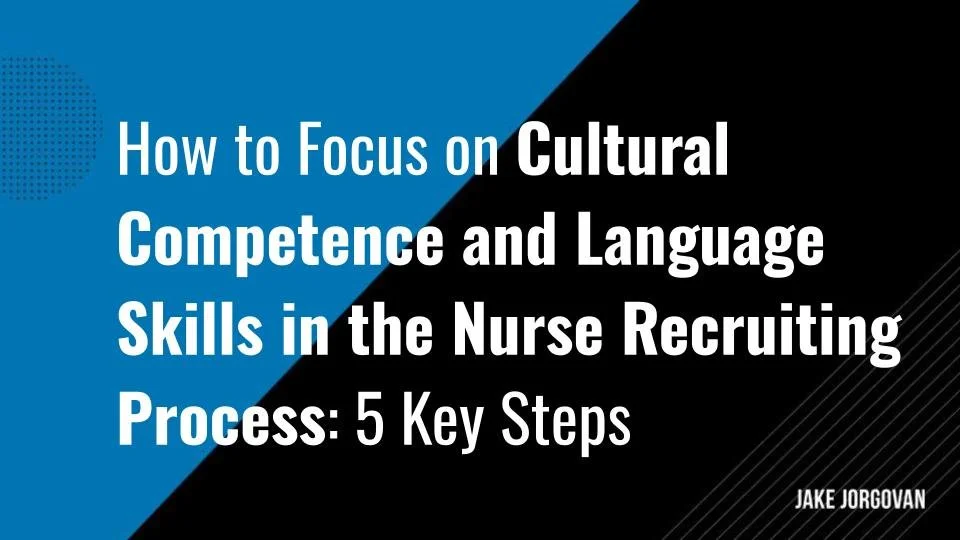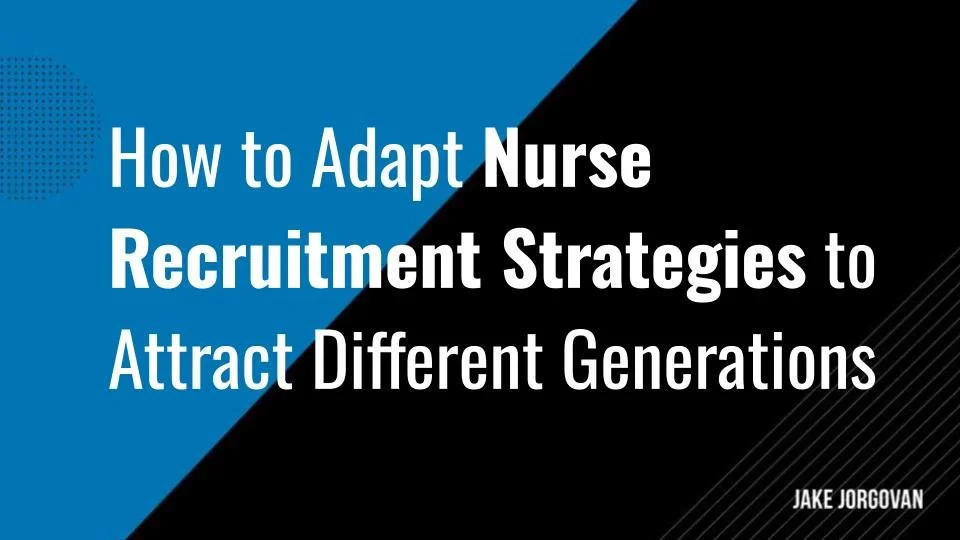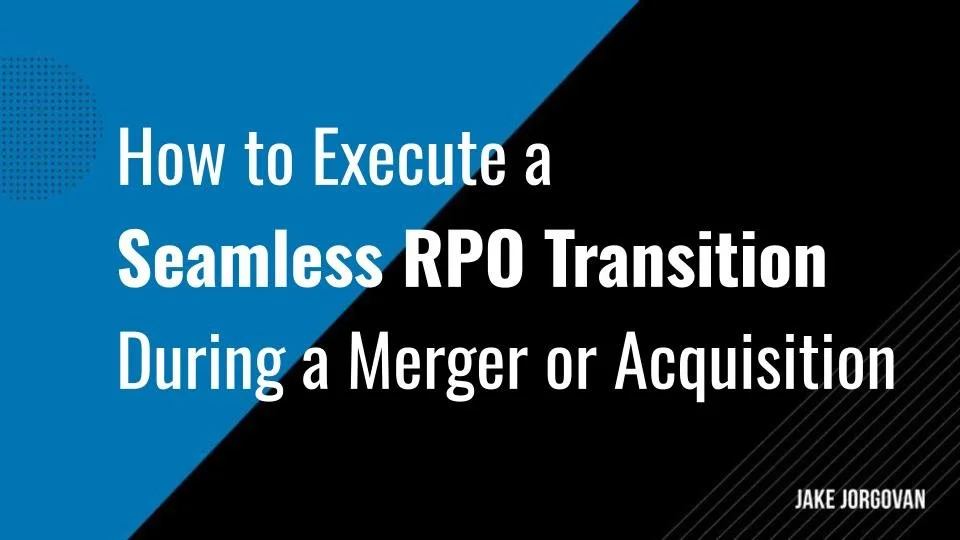Building an Effective Succession Plan for Retiring Healthcare Professionals: 5 Key Strategies
Succession planning is critical as the healthcare industry faces an aging workforce.
Retiring professionals leave behind vacancies and gaps in expertise that can disrupt patient care.
Preparing for these transitions ensures continuity and strengthens organizational resilience.
This article outlines 5 key strategies for building an effective succession plan tailored to healthcare's unique challenges.
Implementing these strategies will allow you to safeguard your organization’s future, maintain high standards of care, and confidently navigate the complexities of workforce shifts.
The Challenges Created by Retiring Healthcare Professionals
The retirement of healthcare professionals poses a significant challenge for the industry. As experienced clinicians leave the workforce, the loss of institutional knowledge impacts patient care and organizational efficiency. According to the Association of American Medical Colleges, over one-third of active physicians are expected to retire within the next decade. This wave of retirements creates a gap that is difficult to fill, particularly in specialized fields.
Recruiting new professionals is not enough. Newly trained individuals often lack the depth of experience and nuanced understanding of complex cases that seasoned professionals possess. The transition from theory to practice takes time, and patient care may suffer during this period. The gap in leadership is another critical issue. Retiring professionals often hold key leadership positions, and their departure leaves a void in strategic decision-making.
The financial burden on healthcare organizations is also considerable. Recruiting and training new staff and the potential costs associated with errors or inefficiencies strain resources. In rural or underserved areas, this challenge is even more pronounced. Access to care diminishes as experienced professionals retire, exacerbating existing disparities.
Maintaining continuity of care requires proactive succession planning and investment in professional development. Organizations must identify and prepare the next generation of leaders and clinicians before the impact of retirement is fully felt. This preparation includes mentorship, cross-training, and structured development programs to equip new professionals with the skills and knowledge necessary to sustain high standards of care.
“Without professional succession planning, transitions can be a troubling time for the business and the individual,” says David Kaplan, co-founder at estate planning service Willed. “Early identification of successors and clear communication are universally applicable, helping maintain continuity, preserve knowledge, and protect the interests of all involved parties.”
5 Strategies for Effective Succession Planning
1) Identify Key Roles and Potential Successors Early
Building a solid succession plan for retiring healthcare professionals is critical to ensuring long-term organizational success. The process begins with identifying which roles are most vital to the organization and then pinpointing individuals who have the potential to fill those roles. This proactive approach minimizes disruption and preserves the institutional knowledge that retiring professionals have accumulated. Here’s how to do it effectively:
Analyze critical roles: Start by assessing which roles are most essential to your organization’s mission and operational stability. Look at positions that are high in responsibility and central to your organization’s unique functions. Understand which roles would create the most disruption if left vacant.
Identify potential successors: Look beyond titles and consider who has the aptitude, skills, and ambition to step into these critical roles within your organization. Examine their track records, leadership potential, and willingness to take on more responsibility. Prioritize candidates who strongly align with the organization's culture and values.
Assess gaps: Once potential successors are identified, evaluate their current skill sets against the requirements of the roles they may eventually fill. Determine where development is needed. Create a tailored growth plan to close these gaps, including specific training, mentorship, or project-based experiences.
Document and communicate: Ensure the identification process is well-documented and communicated to relevant stakeholders. Transparency in this process helps manage expectations and align the entire team with the succession plan.
Insider Tip: Focus on “quiet” leadership potential. Some of the best leaders aren’t those who actively seek the spotlight. Watch for individuals who excel in crises and those who drive collaboration without seeking credit. These are often the unspoken leaders within your team who, with the proper development, could become your organization’s next key players.
2) Provide Ongoing Training and Development Opportunities
Investing in the ongoing development of your team is non-negotiable if you’re serious about maintaining a high standard of care and operational continuity. Without a structured approach to training, even the most promising candidates can fall short when it’s their time to step up. Effective succession planning actively prepares those individuals to excel when they take the reins. Here’s how to ensure your training and development strategies are robust and effective:
Create individualized development plans: Tailor training programs to the specific needs of each potential successor. Identify the competencies they need to develop and design a roadmap that includes formal education, on-the-job training, and mentorship opportunities. Track their progress against clear, measurable objectives.
Leverage cross-training: Encourage potential successors to work in different departments or roles. This broadens their understanding of the organization and equips them with a diverse skill set. Cross-training helps build resilience and adaptability, critical traits for leadership in a dynamic healthcare environment.
Offer leadership training: Include leadership-specific training in your development plans. This can range from formal leadership courses to hands-on management experience. Focus on areas like decision-making, team management, and conflict resolution. Strong clinical skills are essential, but they won’t be enough without leadership capabilities.
Regularly review and adjust: Continuously monitor the effectiveness of your development plans. Seek feedback from the individuals involved, and be prepared to adjust as needed. Regular reviews ensure that your training initiatives align with the organization’s needs and the individual’s growth.
Insider Tip: We advise our clients to implement 360-degree feedback mechanisms for those in leadership development programs. This tool provides insights into how potential successors are perceived by their peers, subordinates, and supervisors. It highlights areas for improvement that traditional training methods might overlook. This feedback can be invaluable in refining your approach to developing the next generation of leaders.
3) Encourage Mentorship and Knowledge Transfer
Mentorship is the cornerstone of effective succession planning in healthcare. When a seasoned professional mentors a potential successor, knowledge transfer occurs in a way that textbooks and training programs cannot replicate. This personal connection ensures that institutional wisdom, practical know-how, and organizational culture are passed on seamlessly. Here’s how to establish a mentorship program that works:
Select the right mentors: Choose mentors who excel in their roles and have a genuine interest in developing others. Look for individuals who are respected within the organization and who demonstrate strong interpersonal skills. They should be patient, communicative, and committed to the mentoring process.
Define clear goals: Set specific, measurable goals for the mentorship. This includes defining what knowledge and skills should be transferred, the timeline for this transfer, and how progress will be evaluated. Align these goals with the broader objectives of your succession plan to ensure consistency.
Encourage open dialogue: Facilitate regular and structured conversations between mentors and mentees. Create a safe space where mentees can ask questions, seek advice, and discuss challenges. Open dialogue accelerates learning and builds trust between the mentor and mentee.
Document the process: Keep detailed records of the mentorship process, including the goals set, the progress made, and the feedback given. This documentation provides a valuable reference for future succession planning and helps evaluate the effectiveness of mentorship.
Insider Tip: We recommend incorporating reverse mentoring into your strategy. Encourage your mentees to share fresh perspectives and new ideas with their mentors. This practice keeps senior professionals engaged and accelerates the development of a culture of continuous learning and innovation within the organization. It’s a mutually beneficial exchange that enriches both parties.
4) Establish a Clear Timeline for the Succession Process
Establishing a clear timeline for your succession process reduces uncertainty and maintains organizational stability. Without a defined timeline, even the most well-laid plans can falter due to delays or miscommunication. A structured timeline provides a roadmap and ensures all stakeholders know what to expect and when. Here’s how to create an effective timeline:
Set retirement and transition dates: Start by establishing the expected retirement dates of key personnel. Work backward from these dates to set specific milestones for the succession process. This clarity ensures that everyone knows when critical transitions will occur and allows for adequate preparation time.
Break down the timeline into phases: Divide the timeline into distinct phases, each with specific objectives. For example, the first phase could involve identifying potential successors, the second phase could focus on training and development, and the final phase could involve a gradual handover of responsibilities. This phased approach makes the process manageable and ensures that all aspects of succession are covered.
Assign responsibilities: Clearly define who is responsible for each timeline phase. Assign tasks to specific individuals or teams and ensure they understand their roles. This accountability helps keep the process on track and prevents bottlenecks.
Monitor progress regularly: Implement regular check-ins to monitor progress against the timeline. These reviews should involve all relevant stakeholders and address any delays or obstacles. Regular monitoring allows you to make adjustments as needed to stay on schedule.
Insider Tip: We recommend building in a buffer period during each timeline phase. This extra time accounts for unforeseen delays and ensures the succession process isn’t rushed at critical moments. It’s a proactive step that can significantly improve the smoothness of the transition.
5) Regularly Review and Update the Succession Plan
Regularly reviewing and updating your succession plan is essential to keep it aligned with evolving organizational needs and personnel changes. Succession planning isn’t a one-time task but a dynamic process requiring ongoing attention. As the healthcare landscape shifts and your team members grow in their careers, your succession plan must adapt to stay relevant. Here’s how to ensure your plan remains effective:
Schedule periodic reviews: Set specific intervals for reviewing your succession plan—annually or semi-annually works well. These reviews should be thorough and assess whether the current plan still meets the organization’s needs. Regular check-ins prevent your plan from becoming outdated and irrelevant.
Incorporate feedback: Gather input from those involved in the succession process, including potential successors and their mentors. Use this feedback to refine your plan. Listen to their experiences and insights to identify gaps or improvement areas.
Adjust for changes: Update the plan to reflect any significant changes within the organization, such as new strategic goals, shifts in team dynamics, or unexpected departures. Adapt your succession planning to stay aligned with the organization's current and future direction.
Reevaluate potential successors: Reassess your list of potential successors regularly. People’s skills, interests, and availability can change over time. Ensure that your plan reflects these changes, and adjust development plans accordingly to prepare the most suitable candidates for key roles.
Insider Tip: We advise building a contingency plan for your reviews. Identify potential short-term successors or interim solutions for critical roles, especially in cases of sudden departures. This proactive approach minimizes disruptions and ensures that your organization can maintain continuity.
Prepare for the Future with Succession Planning
The retirement of key healthcare professionals is inevitable, but the impact on your organization is not.
Succession planning is your best defense against the loss of vital expertise.
Implementing these strategies is about securing the future of patient care.
How prepared is your organization for this critical transition?
The decisions you make today will shape the healthcare landscape of tomorrow.











